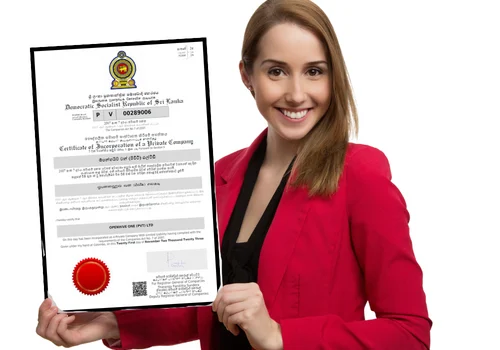Introduction
In the vibrant landscape of intellectual property, securing a trademark is a crucial step for businesses looking to protect their brand identity. Sri Lanka, in line with global standards, has established a robust framework for trademark registration under the Intellectual Property Act No. 36 of 2003. This blog post aims to guide businesses through the essential steps of trademark registration in Sri Lanka.
Step 1: Conducting a Trademark Search
Before diving into the registration process, it is imperative to conduct a thorough search at the National Intellectual Property Office. This search aims to identify any existing trademarks or pending applications that may be similar to the proposed mark. The Nice Classification of Goods and Services plays a vital role in categorizing trademarks based on the nature of goods and services they protect.
Step 2: Submitting the Trademark Application
Once the search is completed and deemed clear, the next step is to submit a trademark application. This involves providing two copies of the representation of the mark, each sized at 10cm x 10cm, along with the requisite application fee. The application undergoes both formality and substantive examinations to ensure compliance with the necessary requirements.
If the mark satisfies the criteria, it is published in the government gazette, initiating a three-month period for potential objections. If no objections are raised within this timeframe, the Certificate of Registration is issued, marking the successful completion of the registration process.
It’s crucial to note that if objections are raised, the applicant must decide whether to challenge them, potentially leading to increased fees and the involvement of legal counsel.
Step 3: Timeline and Validity
The timeline for trademark registration in Sri Lanka varies based on whether objections are filed. In the absence of objections, the process typically takes between 1 to 4 years. Once registered, a trademark is valid for 10 years. It is essential for businesses to keep track of the expiration date and renew the registration within six months of expiry for an additional 10-year period.
Documents Required
To initiate the registration process, businesses need to provide a letter of authority appointing an agent, such as Prasiddha (.Net), to act on their behalf. This letter must be signed by two directors for companies, and in the case of an authorized signatory, relevant documentation showcasing the authority must be submitted. Additionally, an image of the trademark within the specified size limits (10cm x 10cm) is required.
Conclusion
Trademark registration in Sri Lanka is a meticulous process that demands attention to detail and compliance with established procedures. Seeking the assistance of experienced agents, like Prasiddha (.Net), can streamline the application process and ensure that your brand is protected in this dynamic and growing market. Feel free to reach out to us for a comprehensive discussion on trademark registration, and let us guide you through the intricacies of safeguarding your intellectual property in Sri Lanka.




